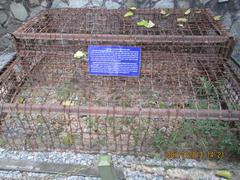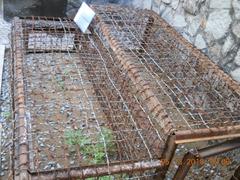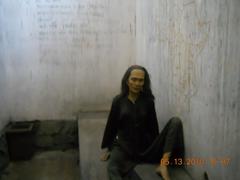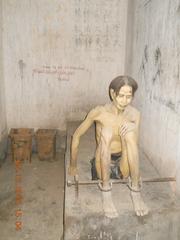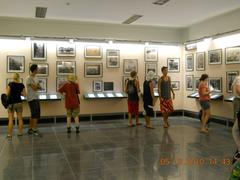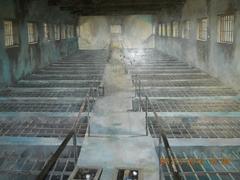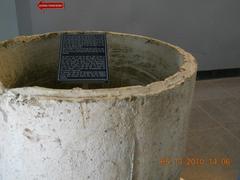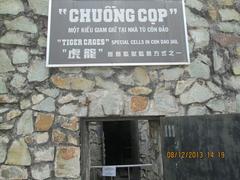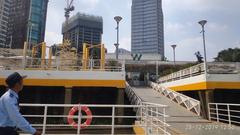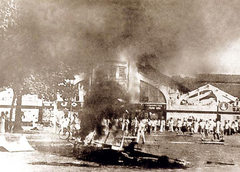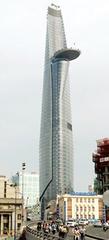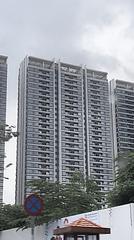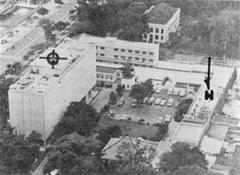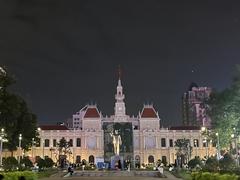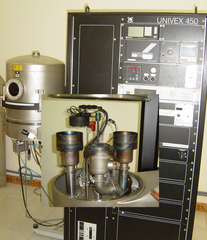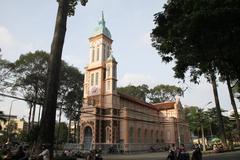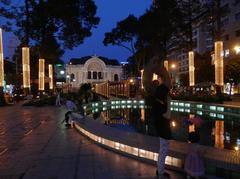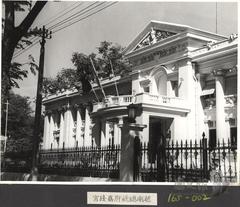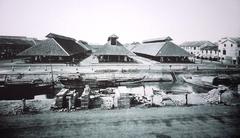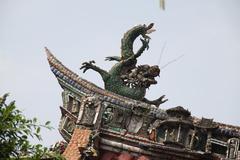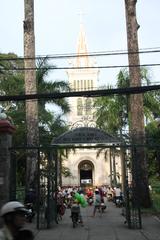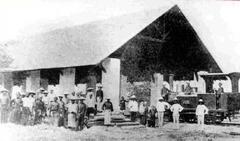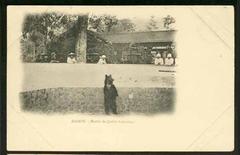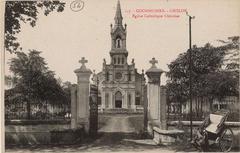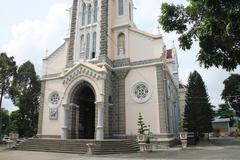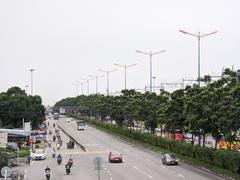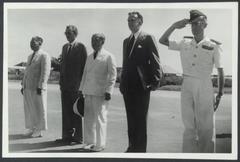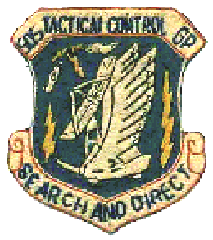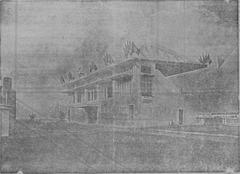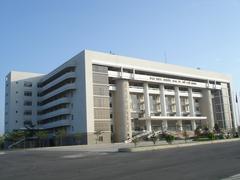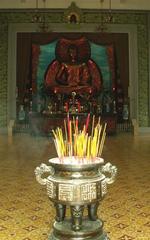
Comprehensive Guide to Visiting War Remnants Museum, Ho Chi Minh City, Vietnam
Date: 17/07/2024
Introduction
The War Remnants Museum, known locally as Bảo tàng Chứng tích Chiến tranh, in Ho Chi Minh City, Vietnam, stands as a powerful testament to the Vietnam War’s profound impact on the nation and its people. Established in 1975, shortly after the war’s conclusion, the museum was initially named the ‘Exhibition House for US and Puppet Crimes,’ reflecting a focus on documenting the atrocities committed during the conflict (Vietnam Tourism). In 1995, it was renamed to the War Remnants Museum, aligning with the normalization of diplomatic relations between Vietnam and the United States. The museum is located in District 3, Ho Chi Minh City, and has become one of the country’s most visited historical sites, attracting over half a million visitors annually (War Remnants Museum).
Housed in a three-story building once used by the United States Information Agency, the museum has undergone several renovations to enhance visitor experience and accommodate an expanding collection of exhibits. The structure’s design is utilitarian, emphasizing functionality to effectively display an array of artifacts, photographs, and documents. The outdoor area is equally impactful, featuring military vehicles, aircraft, and unexploded ordnance, offering stark visual reminders of the war’s destructive capabilities. Each exhibit is meticulously curated, providing a comprehensive view of the war’s impact on both combatants and civilians, making the War Remnants Museum a crucial educational and cultural institution in Vietnam (Smithsonian Magazine).
Table of Contents
- Introduction
- History of the War Remnants Museum
- Exhibits and Collections
- Historical Context and Significance
- Educational and Cultural Impact
- Visitor Experience and Practical Information
- FAQs
- Conclusion
History of the War Remnants Museum
Origins and Establishment
The War Remnants Museum was established on September 4, 1975, shortly after the end of the Vietnam War. Originally known as the ‘Exhibition House for US and Puppet Crimes,’ the museum aimed to document the atrocities and impacts of the war, particularly those involving the United States and its allies. In 1995, it was renamed to the War Remnants Museum, coinciding with the normalization of diplomatic relations between Vietnam and the United States (War Remnants Museum).
Architectural and Structural Evolution
The museum is housed in a three-story building that was originally used by the United States Information Agency. The structure has undergone several renovations to improve the visitor experience and to accommodate the growing number of exhibits. The building’s design is utilitarian, focusing on functionality to display a wide array of artifacts, photographs, and documents. The outdoor area features larger exhibits, including military vehicles, aircraft, and unexploded ordnance, providing a stark visual reminder of the war’s destructive capabilities.
Exhibits and Collections
The War Remnants Museum’s exhibits are divided into several themed rooms, each focusing on different aspects of the Vietnam War.
Requiem Gallery
One of the most notable exhibits is the ‘Requiem’ gallery, which showcases photographs taken by war correspondents from various countries. This gallery is a tribute to the journalists who lost their lives during the conflict.
Agent Orange Room
Another significant exhibit is the ‘Agent Orange’ room, which documents the devastating effects of the chemical defoliant used by the U.S. military. This exhibit includes photographs, personal stories, and even preserved fetuses affected by the chemical (Agent Orange).
Tiger Cages
The museum also features a section dedicated to the ‘Tiger Cages,’ which were prison cells used by the South Vietnamese government to detain and torture political prisoners. These cells are recreated to give visitors a sense of the harsh conditions endured by the prisoners.
Weapons and Military Equipment
Additionally, the museum houses a collection of weapons, military equipment, and personal items belonging to soldiers and civilians, providing a comprehensive view of the war’s impact on both combatants and non-combatants.
Historical Context and Significance
The War Remnants Museum serves as a poignant reminder of the Vietnam War, a conflict that lasted from 1955 to 1975 and resulted in significant loss of life and widespread destruction. The museum’s exhibits aim to educate visitors about the war’s causes, events, and consequences, emphasizing the human cost of the conflict. The Vietnam War, also known as the Second Indochina War, was a complex and multifaceted conflict involving North Vietnam and its communist allies against South Vietnam and its principal ally, the United States (Vietnam War).
The museum’s focus on the atrocities committed during the war, particularly by the United States, has been a subject of controversy. Critics argue that the museum presents a one-sided view of the conflict, emphasizing the crimes of the U.S. and its allies while downplaying or ignoring the actions of North Vietnamese forces. However, the museum’s curators maintain that their goal is to highlight the suffering endured by the Vietnamese people and to promote peace and reconciliation.
Educational and Cultural Impact
Since its establishment, the War Remnants Museum has played a crucial role in educating both Vietnamese citizens and international visitors about the Vietnam War. The museum’s exhibits provide a sobering and often emotional experience, encouraging visitors to reflect on the horrors of war and the importance of peace. The museum also serves as a valuable resource for researchers, historians, and students, offering a wealth of primary source materials and firsthand accounts of the conflict.
The museum regularly hosts events, exhibitions, and educational programs aimed at fostering a deeper understanding of the Vietnam War and its legacy. These initiatives include guided tours, lectures, and workshops, which provide visitors with additional context and insights into the exhibits (UNESCO).
Visitor Experience and Practical Information
The War Remnants Museum is open daily from 7:30 AM to 6:00 PM, with the last admission at 5:30 PM. The entrance fee is modest, making it accessible to a wide range of visitors. The museum is wheelchair accessible, and guided tours are available in multiple languages, including English, French, and Japanese. Visitors are encouraged to allocate at least two to three hours to fully explore the museum’s exhibits and outdoor displays.
Photography is allowed in most areas of the museum, although some exhibits may have restrictions. Visitors are advised to be respectful when taking photographs, particularly in areas that depict graphic images of war and suffering. The museum also features a gift shop, where visitors can purchase books, souvenirs, and educational materials related to the Vietnam War.
For those planning a visit, it is recommended to arrive early in the day to avoid the crowds and to take advantage of the cooler morning temperatures. The museum is located in a central area of Ho Chi Minh City, making it easily accessible by taxi, bus, or motorbike. Nearby attractions include the Reunification Palace and the Notre-Dame Cathedral Basilica of Saigon, allowing visitors to explore multiple historical sites in a single day.
FAQs
What are the War Remnants Museum opening hours?
The museum is open daily from 7:30 AM to 6:00 PM.
How much are tickets to the War Remnants Museum?
Tickets are modestly priced to ensure accessibility for all visitors.
Is the museum wheelchair accessible?
Yes, the museum is fully wheelchair accessible.
Are guided tours available?
Yes, guided tours are available in multiple languages, including English, French, and Japanese.
What nearby attractions can I visit?
Nearby attractions include the Reunification Palace and the Notre-Dame Cathedral Basilica of Saigon.
Conclusion
In summary, the War Remnants Museum offers a comprehensive and impactful exploration of the Vietnam War, providing valuable insights into the conflict’s history, significance, and lasting effects. Through its extensive exhibits and educational programs, the museum continues to fulfill its mission of promoting peace and understanding, ensuring that the lessons of the past are not forgotten. Plan your visit today to the War Remnants Museum to immerse yourself in this crucial chapter of history.

